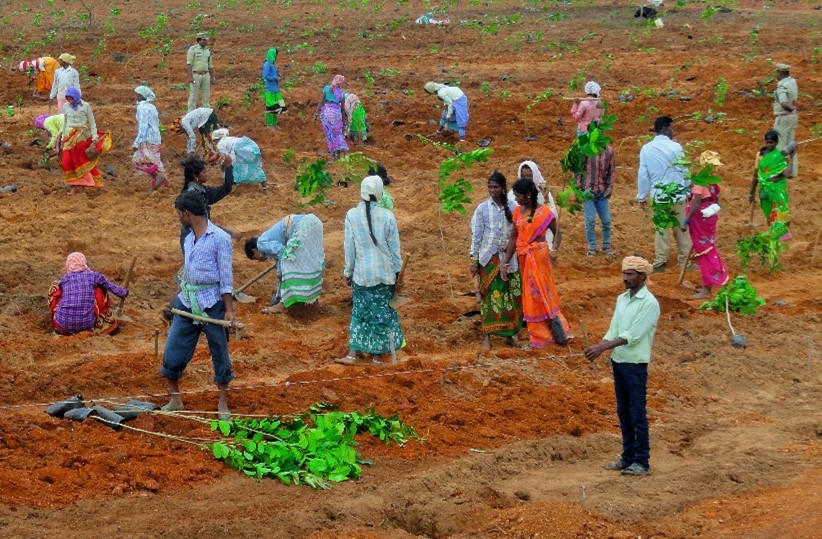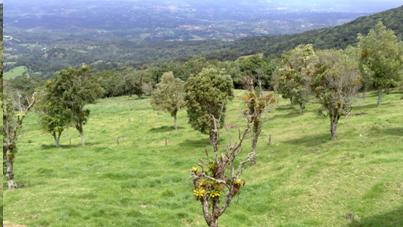IUFRO Spotlight #87 – Getting everyone on board to succeed in forest landscape restoration
IUFRO Spotlight #87 – Getting everyone on board to succeed in forest landscape restoration

Photo: Forest College & Research Institute, Telangana, India
The world is degraded. Worldwide, according to a 2018 UNESCO publication, land degradation affects 3.2 billion people – about 40% of humanity.
The degradation is human caused, drives species extinction, intensifies climate change, and adds to mass human migration and increased conflict, the report indicated.
So, a critical question becomes: how do we build or, perhaps more accurately, rebuild a sustainable world?
Read more…How to improve the institutional setting for sustainable landscapes?
Beyond natural conditions it is the institutional setting that determines how landscapes are used. The institutional setting encompasses governance frameworks at multiple political levels including a multitude of public, private and societal actors.
However, after years of recognizing the need for coordinated multilevel governance, we have failed. To move forward, we need to think about why we have failed and, from there, develop a new architecture consistent with this explanation.
Obviously, complex multilevel governance of landscapes brings an increasing diversity of actors with different values to the table, with the intersection of state and private, global to local, across multiple sectors each focused on different problems and policy instrument preferences, creating challenges for coordination within the systems of power that result.

